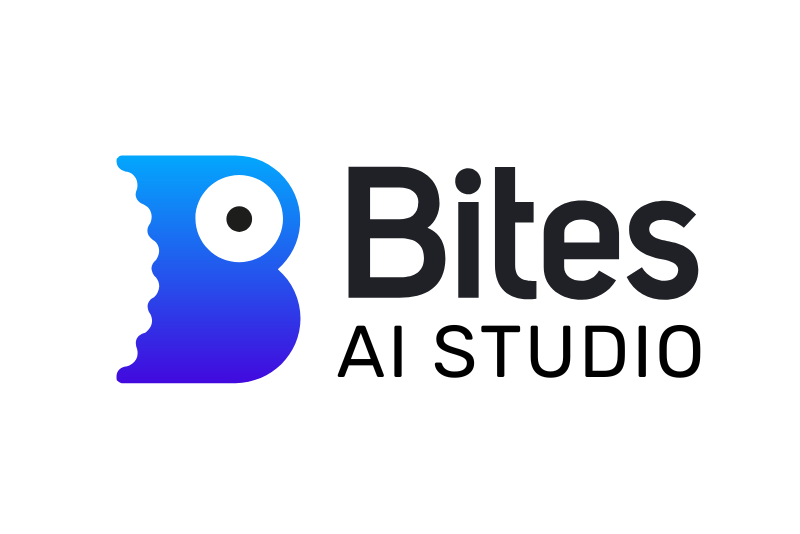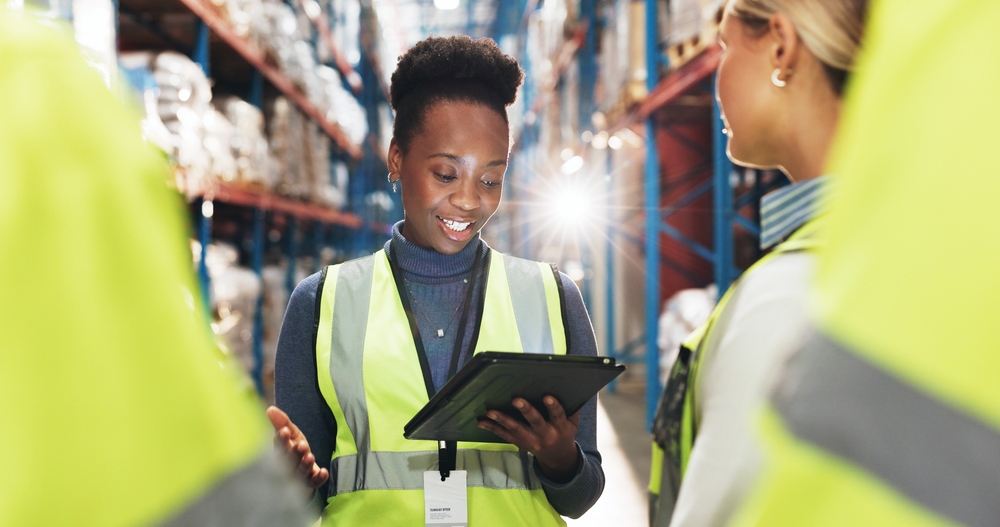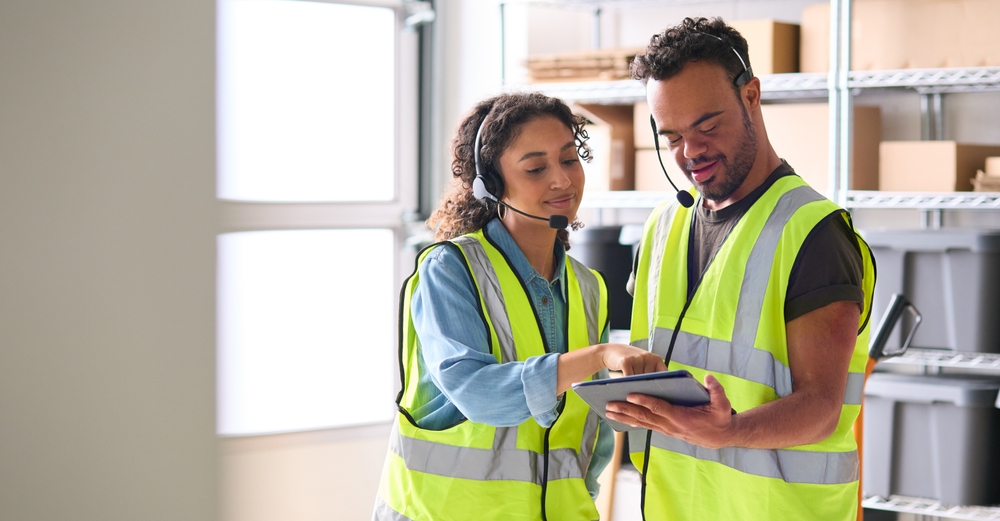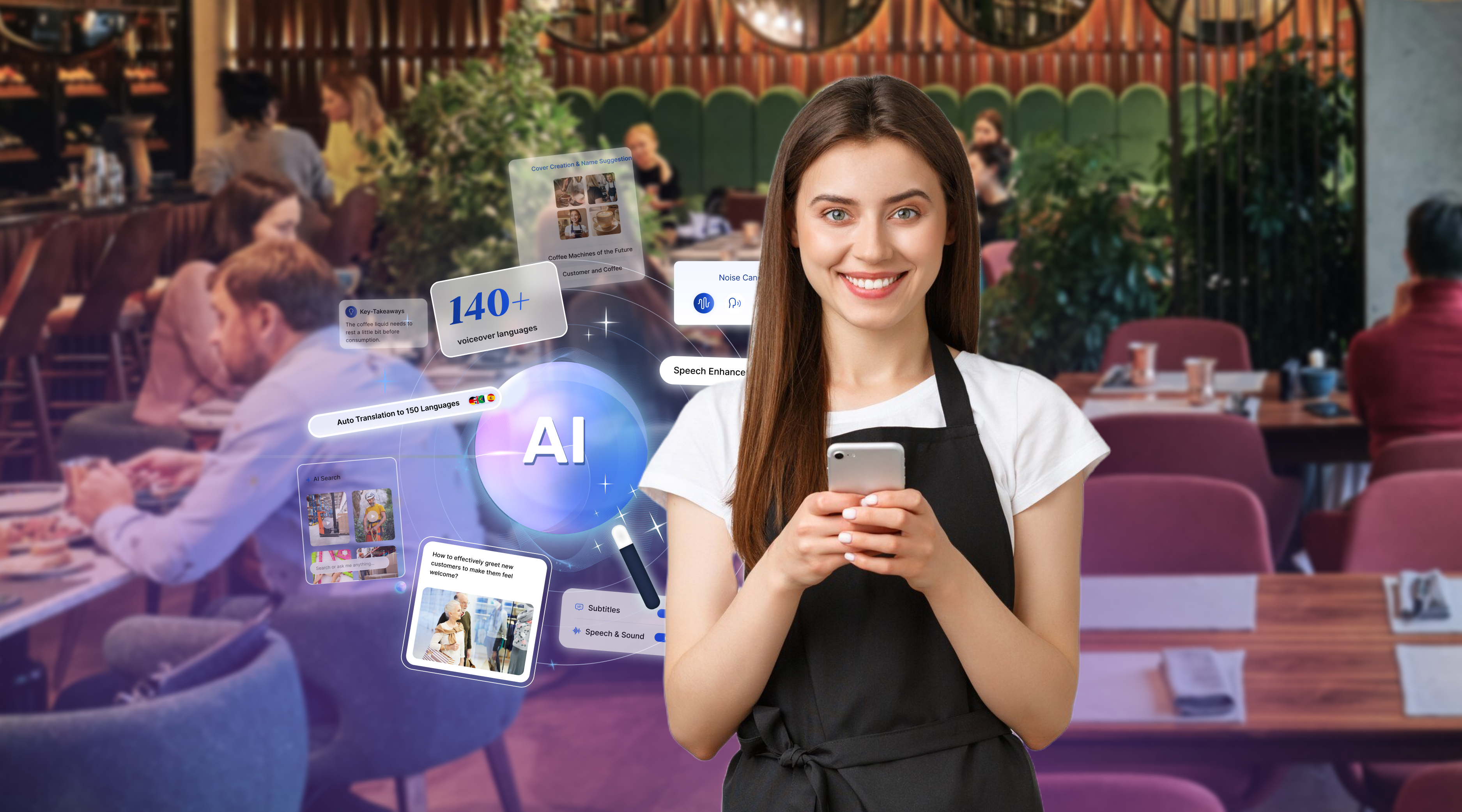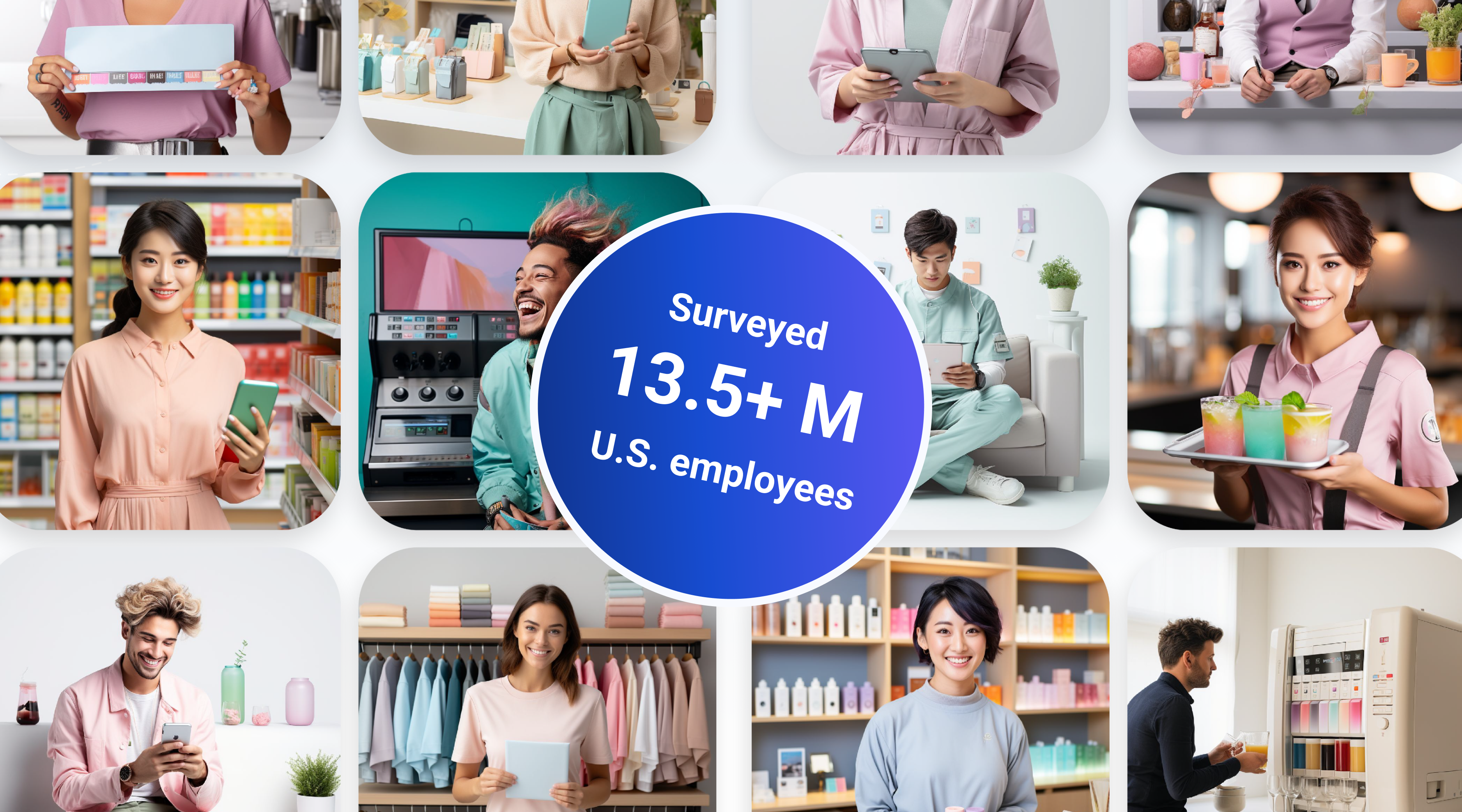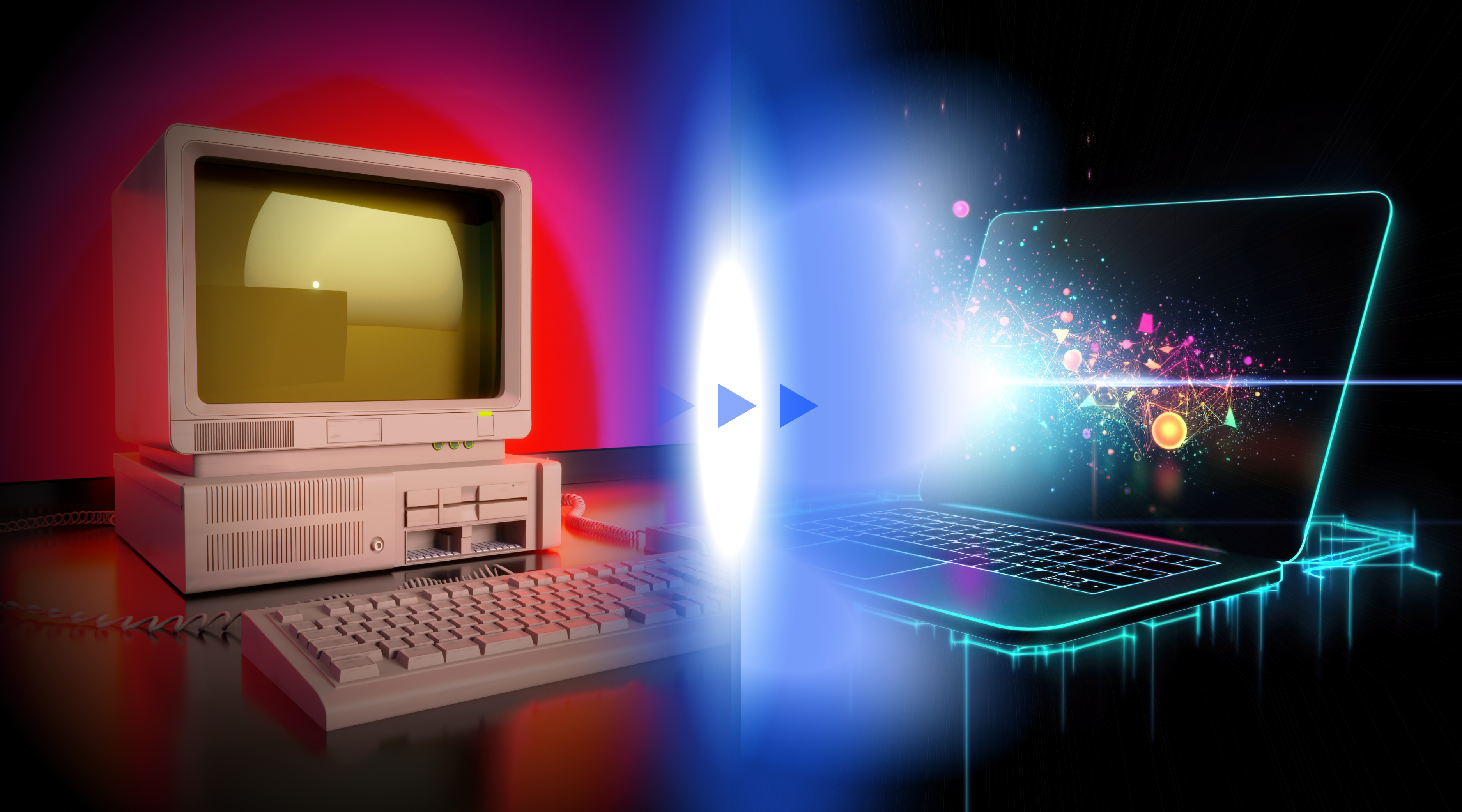What is retail training?
The retail industry can be volatile and companies have to adapt to the changing retail trends. Maintaining a competitive edge is essential for retail stores in today’s age of e-commerce. Retail employees act as the touchpoint between customers and management and can be the difference between a customer buying online or coming into a physical store.
At stores, customers expect knowledgeable and helpful employees who will give them useful recommendations. Retail training equips employees with the necessary soft and technical skills to provide efficient customer service and, consequently, increase revenues.
Why is it important?
On the face of it, working in a retail store may seem easy but to be a good one requires specialized training. New employees must undergo immersive onboarding training, and they can receive periodic training after that.
Retail training promotes positive customer experiences and revenue growth, both of which are essential for the success of the retail business. According to a study by PwC, almost 80% of American consumers find speed, knowledgeable help, convenience, and friendly service to be the building blocks of a positive customer experience. Retail training teaches employees how to make the best of customer interactions taking these building blocks into account.
Digital Retail Training Material
With workforces located remotely, it has become more challenging to bring new employees to a central location. Creating digital retail training material and distributing it virtually through emails, instant messaging, or a dedicated platform like Bites can make retail training a cinch. The biggest advantage of sharing the material online is that you will be able to send documents and multimedia files with equal ease. Creating backups of your training modules will be a fairly quick process, and you can keep reusing them.
Experimenting with different types of training materials and platforms is a great way of finding out how your employees respond to different types of learning. This will allow you to customize the training material accordingly and speed up the learning process significantly.

Retail training ideas for 2021
If you want to update your retail training program for 2021 and beyond, the following ideas might help!
1. Let technology co-exist with human interactions
PwC found that 82% of U.S. consumers and 74% of non-U.S. consumers want more human interaction in the future. Based on this, you can focus on integrating human interaction with modern technologies to create a seamless training process. Automated solutions can never fully substitute human interactions when it comes to retail. When customers visit a store, they often want to talk to someone who can discuss their pain points and make helpful recommendations while being friendly and polite. A machine can never recreate that experience.
2. Separate training for soft skills and hard skills
With more retail technologies incorporating modern gadgets and technologies in the customer journey, technical training has never been more important. Providing tech guidance to new employees so they can be aligned with the necessary knowledge will create a smooth shopping experience for your clients.
Along with technical skill training, businesses need to introduce a soft skill training program for employees to improve customer service. 54% of U.S. consumers admitted that customer service needs to be improved at most establishments.
Roleplay and case study narrations can reinforce the importance of interpersonal skills, communication, empathy, and kindness. Virtual Reality (VR) can also create simulations of real-life scenarios, allowing employees to hone their skills to perfection even without interacting with real customers.
3. Artificial Intelligence
The use of Artificial Intelligence (AI) in training has been a long time coming. A report by Capgemini revealed that the number of retailers using AI has increased from 4% in 2016 to 28% in 2018. We are finally seeing its impact on the customization of the learning process. With the help of AI, you will be able to devise adaptive tests that evaluate the skill level of an employee accurately. AI can also track employees’ learning patterns and make customized suggestions.
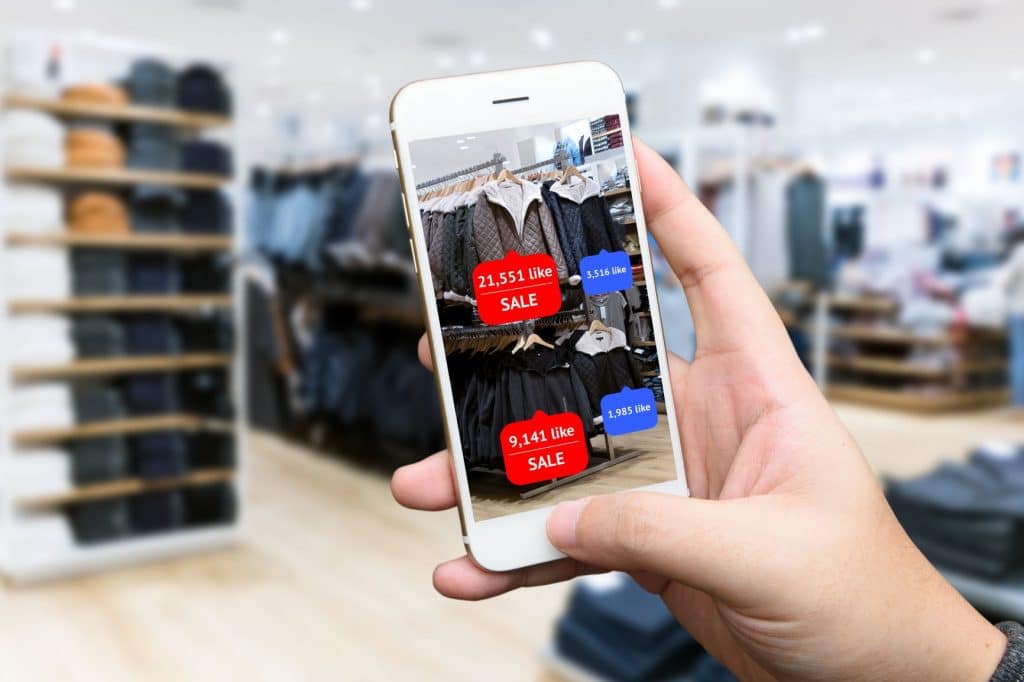
4. Video training and microlearning
One of the primary reasons why video learning has gained so much popularity is that it comes closest to recreating a physical classroom while retaining the advantages of online learning. Short video modules that contain the perfect balance of theoretical information and live demonstrations can engage your employees for longer. They will be more likely to retain the information.
Bites allows you to create a custom training program by recording videos and sharing them directly with your employees. You can also send real-time updates through common messaging platforms.
5. Shadowing or on-the-job training
Learning by imitating will always be effective. Trust your experienced employees to show the newbies around and educate them on the basics of working retail. Not only will the employees pick up necessary skills, but they will also have a chance to observe customer-salesperson interactions closely without having to engage directly.
How to measure & improve retail training?
Be objective when assessing the results of your training program. You can rely on metrics like conversion rates and an average number of units per sale to evaluate the performance of your employees.
Employees who understand the concepts from the training module will probably be able to promote higher sales, and that can inspire everyone else. If you do not experience any change in revenue, or you find that your employees are disengaged with the material, you can take the initiative to make the necessary changes.
You can improve your training program in any of the following ways:
1. Introduce roleplay:
According to the 2017 TimeTrade State of Retail survey, 72% of buyers prefer in-store shopping because they can touch and feel the products. However, unsatisfactory customer service can discourage them from coming into the store.
Roleplaying is an excellent way of putting your employees in the customers’ shoes and helping them understand how they can be helpful and cooperative. Some employees hate roleplay and some love it, but the effectiveness of roleplay is undeniable. The staff can learn by observation and experimentation.
2. Stress on promptness and personalization
To ensure that customers have a pleasant experience in brick-and-mortar stores, you should ensure prompt service and a personalized in-store experience.
In the same TimeTrade retail survey, 47% of shoppers revealed that “prompt service” was the most important aspect of offline shopping for them, while 26% said that they valued personalized experience the most. Overall, 49% of customers would be willing to spend more after a personalized and attentive in-store experience.
3. Daily huddle
Engaging your employees in a team discussion early in the day can help increase their focus and boost their morale. Remind them of their responsibilities and say a few motivational words so they know that you have their back.
4. Formal dress code
According to a study by Harvard Business Review, shoppers are likely to believe that a formally dressed employee has more expertise than an informally dressed one. As a result, they are comfortable in approaching formally dressed employees.

5. Honest evaluations
When a customer interaction goes wrong, it can be easy to blame the salesperson. However, real improvement will only come about if you let the concerned employee ponder over the mistake and figure out what they could have done differently on their own. Have a private discussion to make sure that they are on the same page before wrapping up the matter.
Examples of retail training programs
Companies are always trying to find the formula for the perfect retail training program. Here are a few options:
1. Blended Learning
Blended learning, which combines suitable online and offline methods, is ideal for retail training. Most retail businesses prefer to retain their on-the-job training process while complementing it with virtual training. Employees can shadow experienced staff members or roleplay in the store, and then follow it up with online training lessons when they are free.
2. Setting daily quotas
HBR found that daily quotas can boost sales productivity by almost 5%, and low-performing salespeople could show up to an 18% improvement in sales productivity. However, an important thing to remember is that this measure should be accompanied by incentives for employees to sell high-margin products so that you do not experience a dip in profits.
3. Gamification
One of the most popular training trends to emerge in recent years is gamification. When it comes to retail, gamification can help employees retain product information faster and more effectively. Game-based learning can incentivize competitive employees to learn faster and unlock these smaller achievements.
4. Quick onboarding followed by thorough training
Some retail businesses prefer to keep their on boarding process short and practical. They introduce a need-based training plan afterwards so that employees can learn as they go.
What is a retail training manual?
You can use a retail training manual as a comprehensive guide about the business and its practices for new staff members. They can revisit this handbook whenever necessary to clear their doubts later on.
Traditionally, retail training manuals were written in highly technical, dry language but modern handbooks employ simpler language and a friendlier tone. You can customize the manual based on the policies of your store and whether you want your employees to adopt an unconventional approach. You can access the retail staff training manual template online and then customize it to your liking. A template will list all the important topics that you need to cover so that you do not miss out on anything.
Tools like Bites allows you to create visual retail training manuals that are highly engaging. You can break down the manual into shorter easy-to-understand modules to promote microlearning. Virtual manuals are highly accessible and employees can go through the different lessons whenever they have some free time.
Retail training tips
The following retail training tips can help you perfect your training program:
1. Do not underestimate the human touch:
A PwC research revealed that 59% of all consumers believe companies are no longer focusing on the human aspect of customer service, with only 38% of U.S. consumers saying that retail employees understand their needs. It may be beneficial to train your employees to empathize and sympathize even before delivering technical lessons since it seems to be important for your clients.
2. Focus on creating positive experiences for loyal customers
The InMoment US Retail CX Trends Report 2018 revealed that 77% of consumers developed relationships with particular brands for over a decade. Encourage your employees to become familiar with regular customers and give them special attention. Satisfied long-term customers will be more likely to recommend the retail store to their family and friends.
3. Establish a cycle of constructive feedback
Since retail employees interact with customers directly, they require regular improvement and training. Feel free to offer constructive feedback from time to time and appreciate the employees who actually follow through.

Retail training topics
The following topics should be covered in detail in a retail training program:
1. Information about the company
Employees should know about the history, objectives, and values of the business. Outline your customer service standards and short-term goals so that employees know what is expected of them.
2. Knowledge about the customer journey
Understanding the customer journey map increases employees’ efficiency and empathy. They must learn how to:
- Greet and build rapport
- Deduce customer pain points
- Motivating customers to buy
- Close the transaction
- Follow up
3. Soft skill training
Retail employees should perfect their soft skills such as time management, communication, problem-solving, conflict resolution and adaptability.
4. Product knowledge
Employees need to know about the products and services on offer, including the features and benefits. They should be able to compare the offerings and make confident recommendations to customers.
5. Technical knowhow
Retail stores are now using advanced technological tools such as imaging software, QR codes, touch screens, virtual reality, facial scanners, automated checkouts and more to give a digitally immersive experience to customers. Make sure your employees are trained to handle the relevant tools.

6. Compliance and safety
Employees need to know about the safety regulations and policies in the store so they can protect the customers and themselves. This topic is also important to cover because it protects the company against potential lawsuits.
Conclusion
A comprehensive retail store training program will increase your employees’ confidence and prepare them for their first day and beyond. Give your employees the opportunity to perform to their potential and offer impressive customer service. Investing in a retail training plan will increase your revenue and improve your reputation in the long run.

